
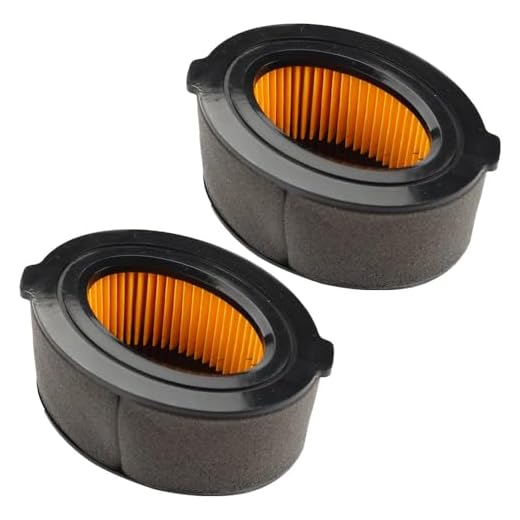
If your equipment isn’t delivering a steady flow, the first thing to check is the water supply. Ensure that the hose is securely connected and that there’s sufficient pressure coming from the source. Inspect for kinks or blockages along the hose, as these can significantly impede performance.
Another common culprit could be the nozzle. A clogged or damaged nozzle can restrict the outlet, causing a lack of flow. Detach the nozzle and clean it thoroughly, checking for any obstructions that might hinder operation. Additionally, make sure that the correct nozzle size is being used for your tasks.
Inspecting the filters is equally crucial. Many models have intake filters that can become clogged over time. Remove and clean the filter to allow for optimal water flow. If the problem persists, it might indicate an issue with the pump itself, which may require professional attention.
Finally, consider any safety features or mechanisms that could be causing the issue. If the thermal relief valve is engaged due to overheating, it will prevent operation until the unit cools down. Regular maintenance and checks can prevent these frustrations, keeping your equipment working effectively.
Why is My Pressure Washer Not Spraying Water
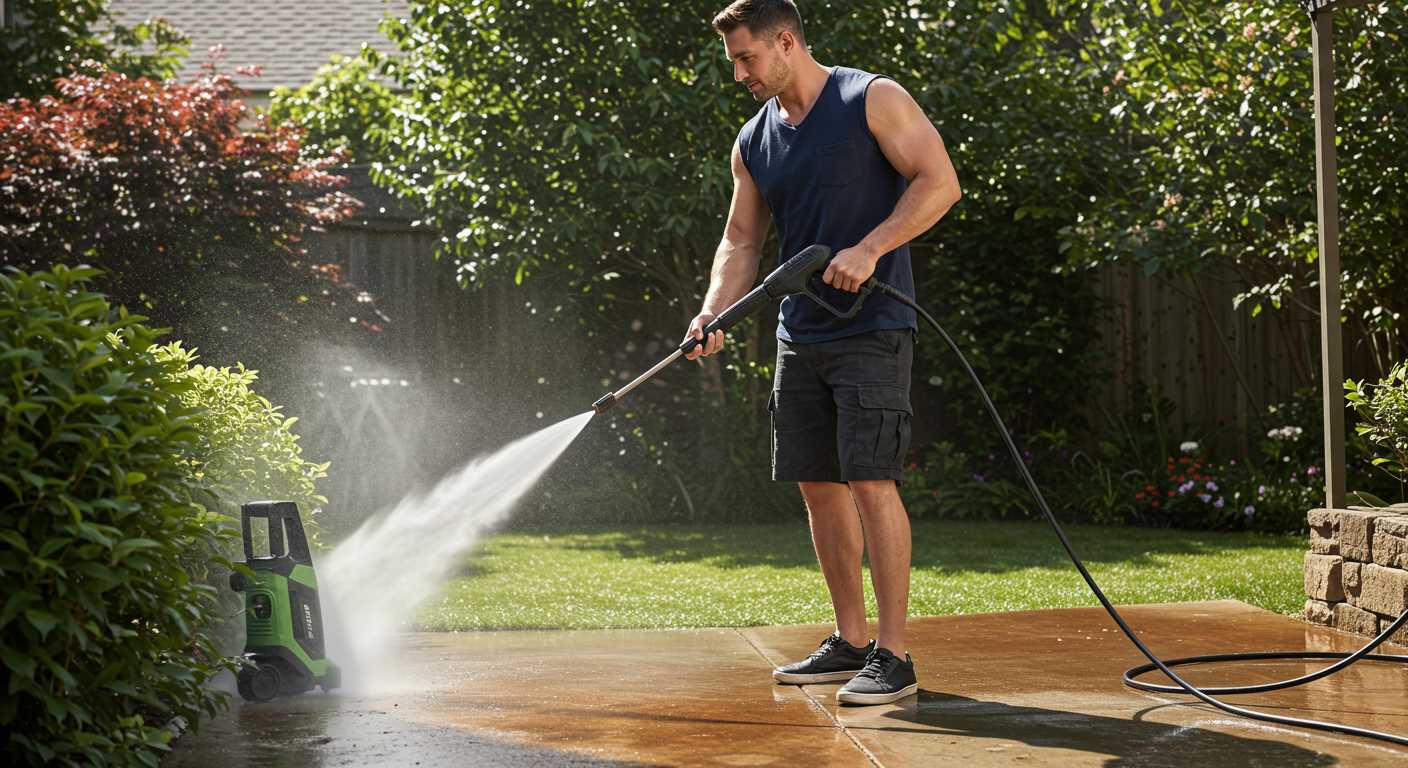
Check the water supply. Ensure the hose connected to the machine is not kinked or blocked. Inspect the inlet filter for debris; a clean filter is vital for proper operation.
Examine the nozzle. Clogged nozzles can prevent fluid from exiting. Remove and clean it regularly to maintain optimal flow. Remember to also ensure the spray tip is the correct size for your needs.
Look at the pump. If it’s running but no liquid is flowing, there may be an issue with the pump itself. Inspect for leaks or damaged components. Regular maintenance can extend the life of the pump.
| Potential Issue | Solution |
|---|---|
| Blocked water supply | Examine hoses and filters |
| Dirty nozzle | Clean or replace nozzle |
| Pump malfunction | Inspect pump for damage |
| Tank is empty | Refill the tank |
Check if the detergent tank is empty. An empty reservoir may affect performance. Refill as needed and ensure the detergent is appropriate for your device.
Inspect the connections. Loose or defective fittings may disrupt the flow. Tighten or replace any faulty parts to ensure a secure fit.
Finally, assess the motor. If the machine won’t start, there could be an electrical issue. Verify that it’s plugged in and check the circuit breaker for any tripped switches.
Checking for Blockages in the Hose
Inspect the entire length of the hose for any signs of kinks, bends, or visible damage. A simple twist or sharp fold can impede the flow significantly, so ensure it’s laid out straight and free from obstructions.
Next, detach the hose from both the machine and the spray nozzle. This will allow you to check if there’s a blockage inside. Use a long, flexible tool such as a plumbing snake to gently dislodge any debris that may be clogging the interior.
Run clean water through the hose without any attachments to verify that it is flowing freely. If there’s still an issue, look for blockages in the connections where the hose meets the machine and the nozzle. Clear these areas meticulously, as even small particles can disrupt output.
Consider using a suitable cleaning solution specifically designed for hoses if residue is building up over time. After maintenance, reattach everything securely to ensure an optimal setup.
Regular checks of the plumbing can help maintain performance and prolong the life of the equipment. Always store your hose without twists or tangles to prevent future blockages.
Inspecting the Spray Gun for Damage
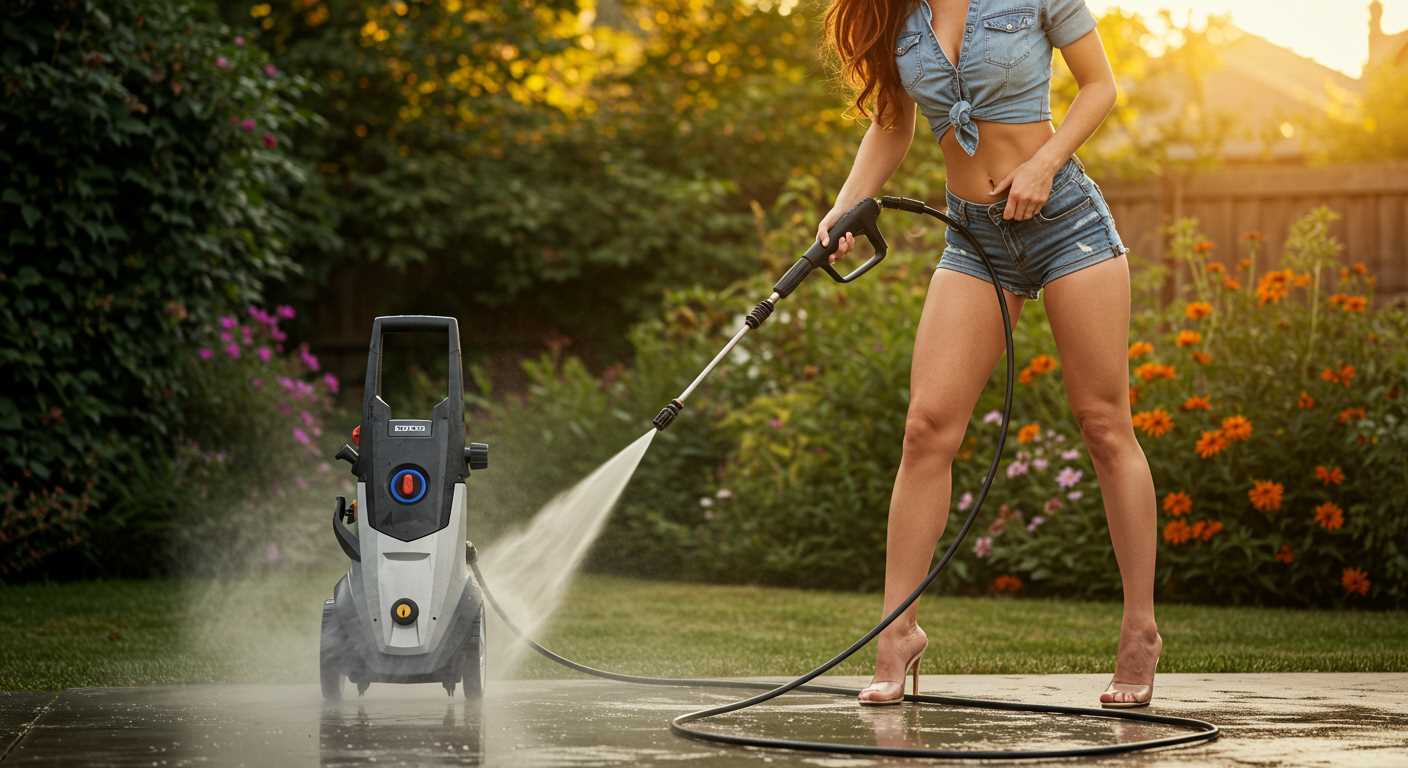
Begin by examining the spray gun for any visible cracks or fractures. A compromised gun can hinder performance dramatically. Inspect the trigger mechanism; it should move smoothly without resistance. If the trigger feels stuck or overly loose, it may require replacement.
Check the connection points between the gun and hose. Ensure they are tightly secured and free from wear. Look for any signs of leaks, as this can lead to significant drops in pressure. If you witness water leaking or pooling around the connections, consider replacing the O-rings or seals.
Confirm that the nozzle is clean and undamaged. A blocked or defective nozzle can drastically affect the flow. Detach the nozzle and run water through it to ensure it is clear. If water cannot pass through, cleaning or replacing the nozzle may be necessary.
Finally, assess the overall condition of the spray gun handle. If it feels slippery or too hot to touch, this may indicate internal damage. A compromised handle can jeopardise control and efficiency during use. If you find any substantial issues during your inspection, it’s wise to consult a professional for repairs or consider acquiring a new spray gun altogether.
Understanding the Role of the Water Supply
Ensure the source providing liquid meets the required standards. Low flow rates can hinder operation; check that the supply delivers at least 5 litres per minute at a minimum pressure of 20 psi. If your connection is inadequate, the machine won’t function correctly.
Examine the inlet filter for clogs. This component can accumulate debris over time, restricting flow. Clean or replace it to prevent further complications.
Investigate the hoses connecting to the unit. Look for kinks or leaks that could impact performance. Replacing damaged hoses ensures a proper supply.
If you are connecting directly to a tap, ensure the tap is fully open. Varying flow rates can lead to intermittent operation, diminishing effectiveness.
Consider the use of extension hoses. Long or insufficiently rated hoses can create drop in pressure, affecting the machine’s ability to function optimally. Use hoses rated for your model’s specifications.
Verify that all connections are secure. Loose fittings may cause leaks, leading to diminished supply and performance. Tighten any loose components to maintain an adequate flow.
By addressing these points, you can maximise your equipment’s ability to clean effectively and consistently.
Evaluating the Pressure Washer Pump Functionality
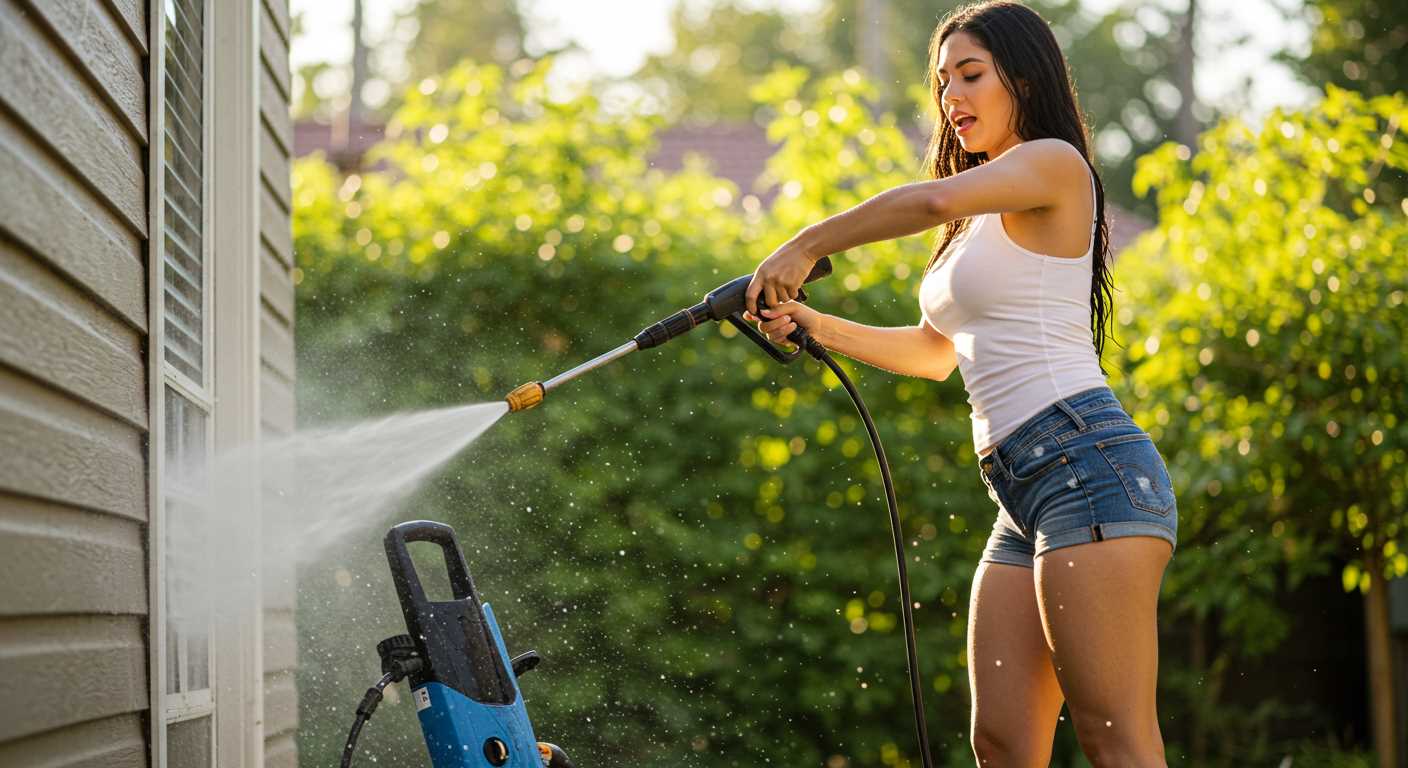
Begin by disconnecting the unit from the power source. Then, inspect the pump assembly closely. Check for any visible cracks or signs of wear that could compromise its integrity.
Identifying Common Symptoms
- No buildup of pressure, resulting in weak or no flow.
- Strange noises during operation that may indicate internal damage.
- Leaking fluid around the pump, which can suggest seal failure.
Testing the Pump
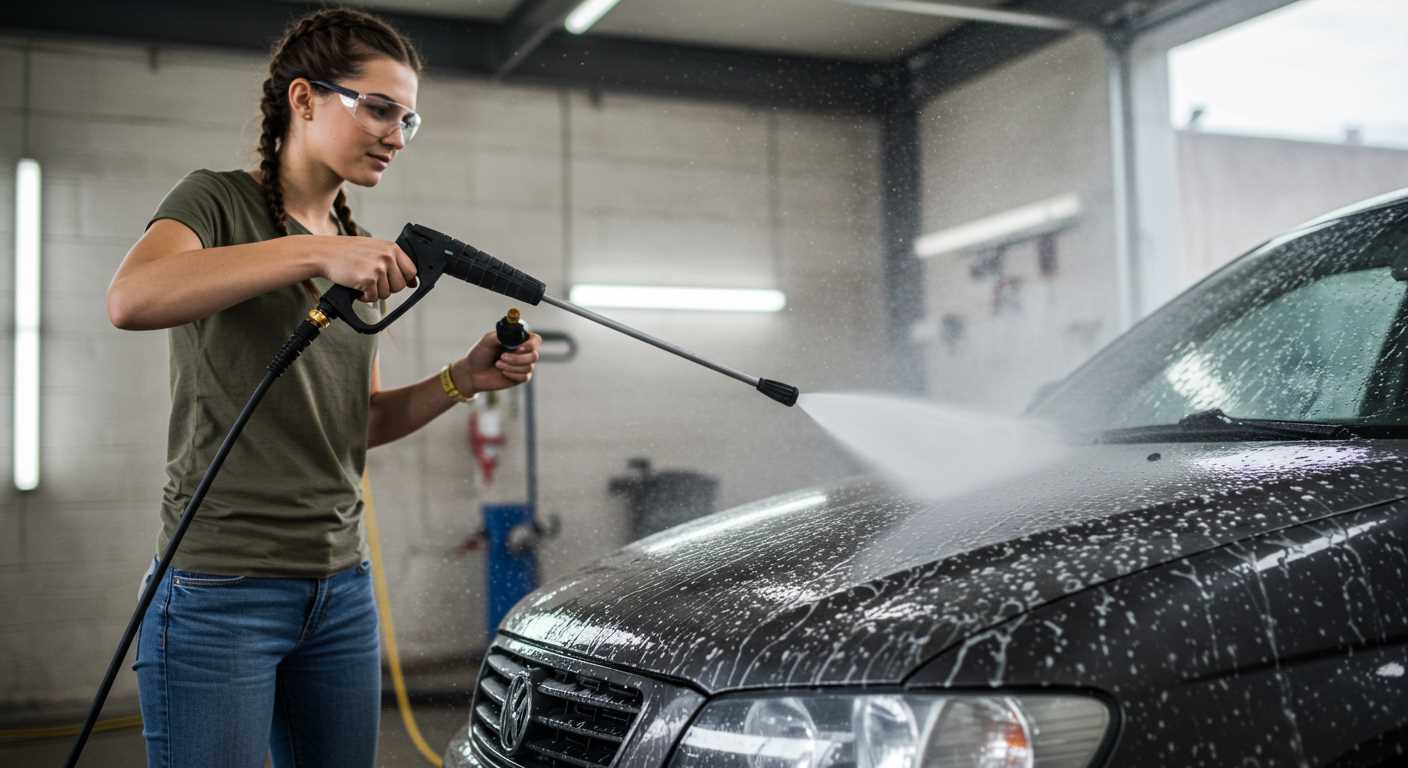
- Remove the inlet filter and ensure it’s clean. A clogged filter can restrict supply.
- Examine the pump’s connectors for loose or damaged fittings; tighten or replace as necessary.
- Run the unit briefly without the spray gun attached to check if water flows freely from the pump outlet. If not, the pump might be failing.
If issues persist, consider flushing the system with clean water to remove any debris. Persistent problems could indicate the need for a pump replacement. If you’re unsure, consulting a professional might offer clarity and further assistance.
Examining the Filter for Clogs
Check the filter attached to the water inlet. If it’s blocked or dirty, the flow of liquid gets restricted, causing inadequate performance. Remove the filter by unscrewing it gently from the inlet. Rinse it thoroughly under running tap water to dislodge any debris. If the filter is severely damaged, it’s best to replace it with a new one.
Regular Maintenance
Incorporate a routine inspection of the filter into your maintenance schedule. A clean filter not only optimises liquid flow but also extends the longevity of your cleaning device. After each use, take a moment to check for any accumulated dirt or sediment, especially if you’ve been using water from a source with noticeable impurities.
Tips for Optimal Performance
Consider installing a secondary filtration system if you frequently operate in environments with muddy or sandy water sources. This can further prevent clogs and ensure consistent efficiency. Always refer to your user manual for manufacturer recommendations regarding filter care and replacement intervals.
Verifying the Electrical Connections and Power Supply
Check the power cord for any signs of wear or damage. If there are frayed wires or exposed sections, replace the cord immediately to prevent accidents and ensure proper function.
Next, inspect the plug for any burn marks or deformities. These can indicate overheating issues that may affect performance. If the plug is faulty, it needs to be replaced before attempting to operate the device again.
Ensure the outlet is functioning correctly by testing it with another appliance. If the outlet is dead, examine your circuit breaker and reset any tripped switches. Sometimes, a simple reset can restore power.
Confirming Voltage Requirements
Verify that the voltage rating of the unit matches the supply voltage in your area. Many appliances require specific voltage levels for optimal performance. Connecting a unit to a lower voltage can lead to inadequate operation or failure to start.
If your machine features a GFCI (Ground Fault Circuit Interrupter), ensure it is operational. Sometimes, pressing the reset button restores power and functionality. A malfunctioning GFCI may require replacement.
Checking Extension Cords
If you’re using an extension cord, ensure it is rated for the required load. A cord that is too thin can cause voltage drop, affecting the performance of the machine. Ideally, use a heavy-duty extension cord suited for appliances with high power consumption.
Conduct a final examination of all connections to confirm they are secure. Loose connections can lead to power interruptions, potentially causing the unit to operate intermittently.
Assessing the Nozzle Settings and Compatibility
First, confirm that the selected nozzle is appropriate for the task at hand. Different nozzles cater to various applications, and using the wrong one can limit flow or disrupt the spray pattern.
- Check the nozzle size. Most models feature quick-connect fittings allowing for easy changes.
- Examine the colour coding of nozzles. For instance, the red nozzle provides a concentrated jet, while the green offers a wider spray ideal for surfaces that require less pressure.
- Ensure that the nozzle is securely attached. A loose connection may lead to water loss and insufficient output.
Cleaning the nozzle is vital; debris can obstruct flow and impact performance. Use a paper clip or a soft brush to clear any blockages.
Consider compatibility if you’ve purchased a new nozzle. Not all nozzles work with every model. Cross-reference the manufacturer’s specifications to ensure a fit.
Finally, if using a variable pressure nozzle, verify that it is set correctly. Adjusting the pressure settings mid-operation can result in inconsistent output or stoppage.








